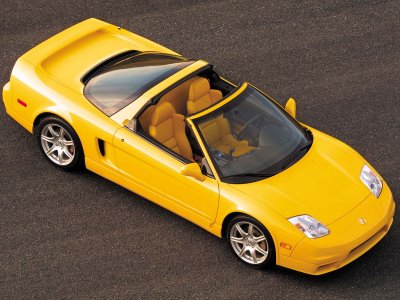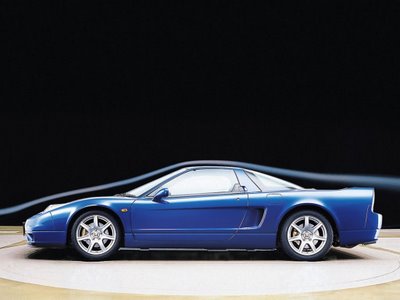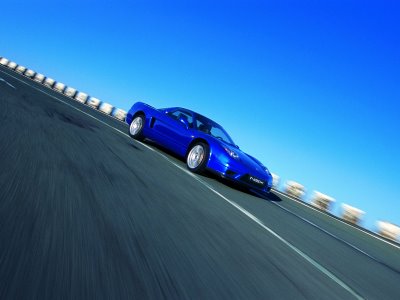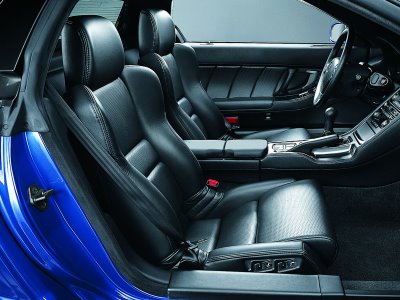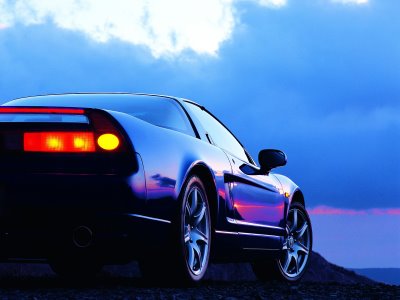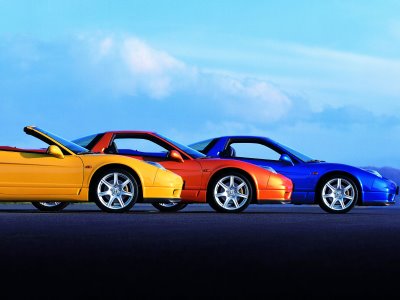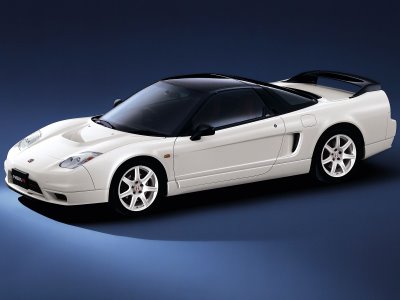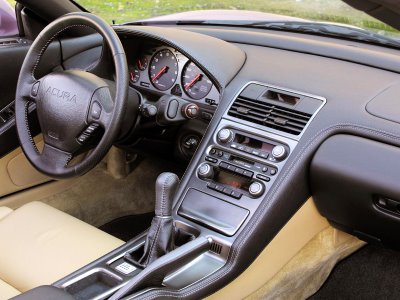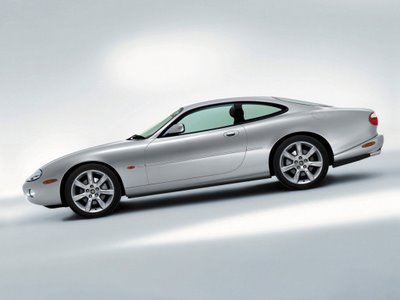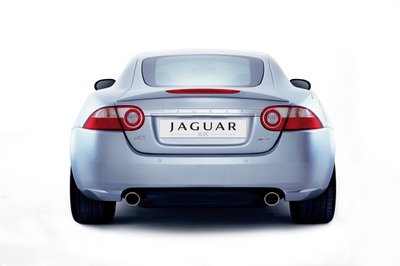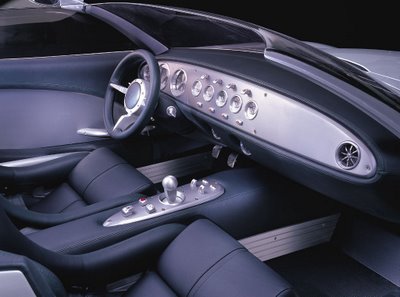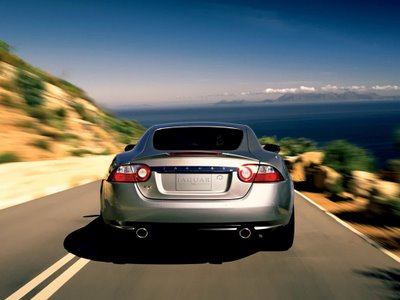Enzo Ferrari
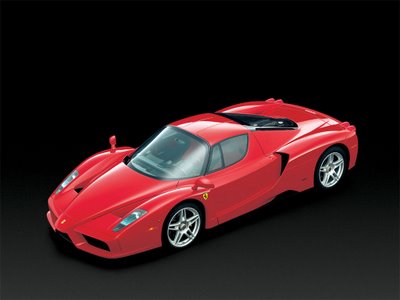
The Enzo's V12 engine is the first of a new generation for Ferrari. It is based on the architecture of the V8 found in sister-company Maserati's Quattroporte, using the same basic architecture and 104 mm bore spacing. This design will replace the former architectures seen in V12 and V8 engines used in most other contemporary Ferraris. The 2005 F430 is the second Ferrari to get a version of this new powerplant.
In 2004, Sports Car International named the Enzo Ferrari number three on their list of Top Sports Cars of the 2000s.
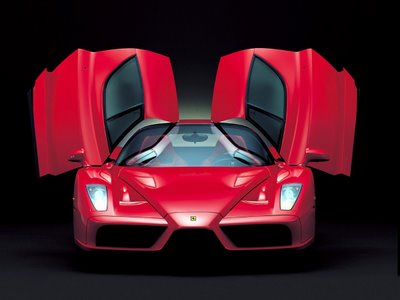
Every four years Ferrari plans on coming out with a new version of the Enzo (not necessarily being called the Enzo). The new model of the Enzo comes equipped with a carbon fiber front bumper, and instead of having mirrors it has cameras(the views are displayed on a navigation system in the center console.
Motor Trend Classic named the Enzo as number four in their list of the ten "Greatest Ferraris of all time".
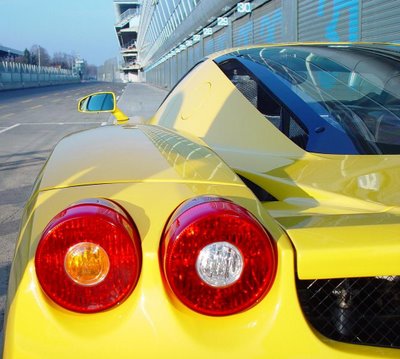
The Enzo is a mid-engined car with a 43.9/56.1 front/rear weight distribution. The engine is Ferrari's F140 65° V12 with 4 valves per cylinder, dual overhead cams and variable valve timing. Bosch Motronic ME7 fuel injection is used and the engine is naturally aspirated. It displaces 5998 cm³ (366 in³) and produces 485 kW (651 hp/660 PS) at 7800 rpm and 657 N•m (485 ft•lbf) at 5500 rpm. The redline is 8000 rpm.
The Ferrari 612 Scaglietti (skal-yeti) is a Gran Turismo car produced by Ferrari since 2004. It is a large two door fastback coupe with a 2+2 seating arrangement. The 612 Scaglietti was designed to replace the smaller Ferrari 456M. Its larger size makes it a true 4 seater with adequate space in the rear seats for adults.
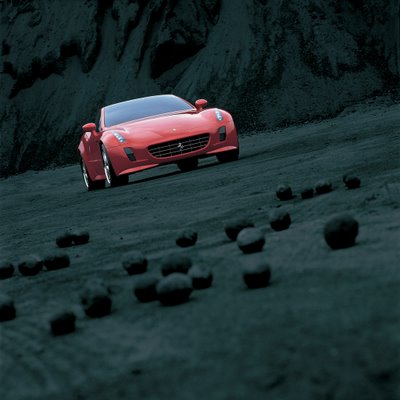
It is produced at Ferrari's Carrozzeria Scaglietti plant, the former home of the car's namesake coachbuilder in Modena, Italy. The design, especially the large side scallops and the headlights, pays homage to the custom 1954 Ferrari 375 MM that director Roberto Rossellini had commissioned for his wife, Ingrid Bergman.
The 612 Scaglietti shares its naturally aspirated 5.7 L (5748 cc) V12 engine with the 575M Maranello. The Tipo F133E engine produces 540 CV (533 hp/397 kW) at 7250 rpm and 588 N•m (433 ft•lbf) at 5250 rpm with a compression ratio of 11.2:1. The car is capable of 199 mph (315 km/h) and has a 0-60 mph time of 4.2 seconds. It comes with two six speed transmission options: a conventional manual or the F1A paddle shift system, a much refined version of the F1 system in Ferrari 360 Modena.
The Ferrari F430 is a high-performance sports car produced by the Italian automaker Ferrari to succeed the Ferrari 360. It debuted at the 2004 Paris Motor Show. European left-hand drive sales began in November, 2004, but right-hand drive sales did not start until Spring 2005, and the United States did not get the F430 until Summer 2005.
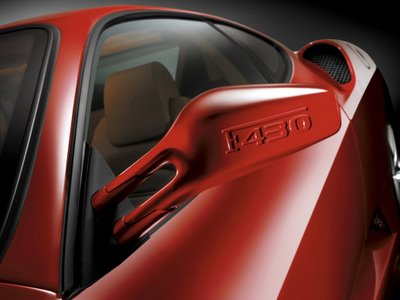
Along with a restyled body, the F430 features a 4.3 L V8 gasoline engine derived from a shared Ferrari/Maserati design. This new powerplant is a significant departure for the F430's line: The engines of all previous V8 Ferraris were descendants of the "Dino" racing program of the 1950s. This fifty year development cycle comes to an end with the entirely new 4.3 L, the architecture of which will later replace the Dino-derived V12 in most other Ferrari cars. Power is 360.4 kW (483 hp) at 8500 rpm and torque 465 N•m (343 ft•lbf) at 5250 rpm.
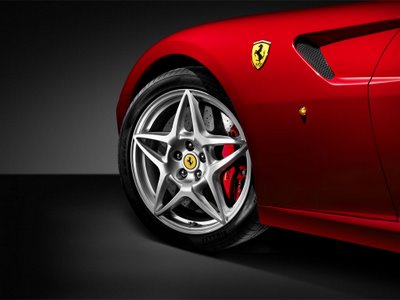
This article is licensed under the GNU Free Documentation License. It uses material from Wikipedia and Youtube




